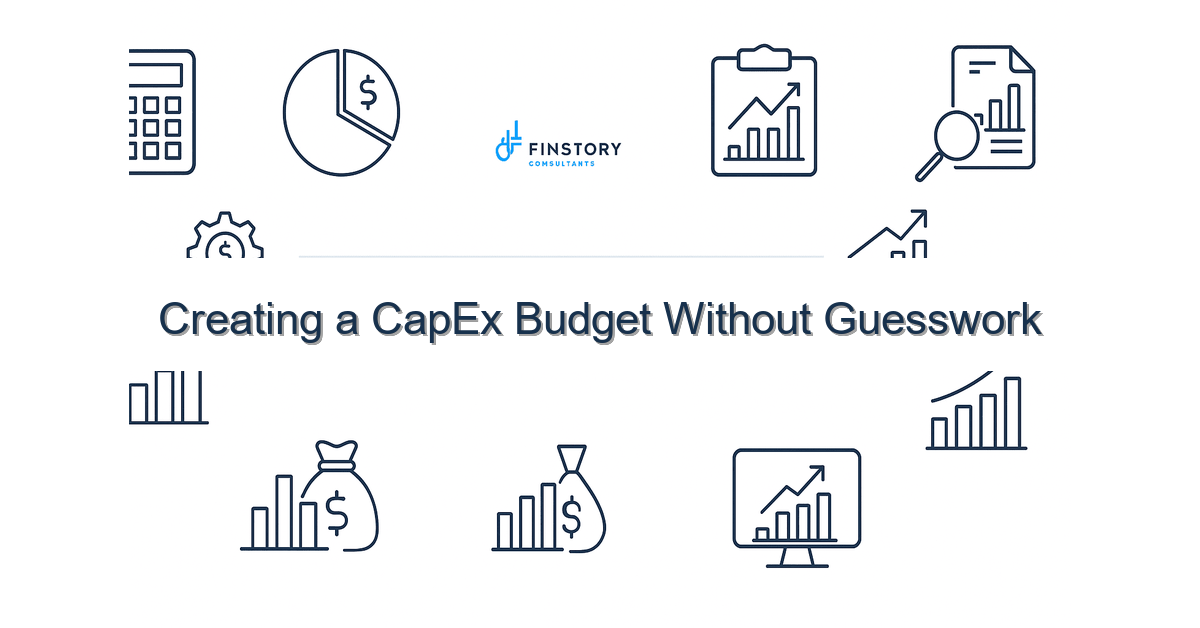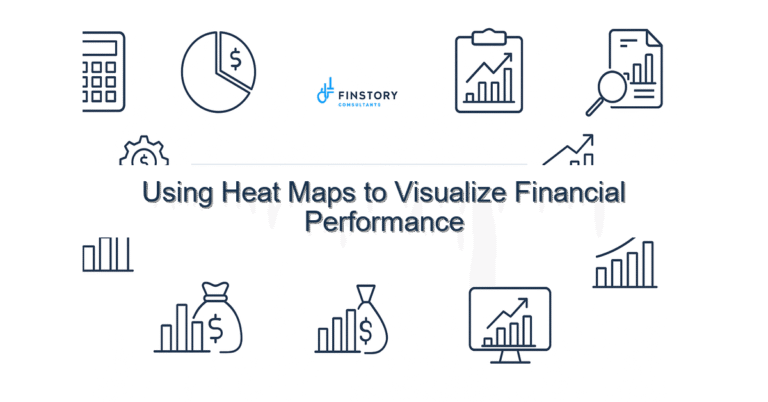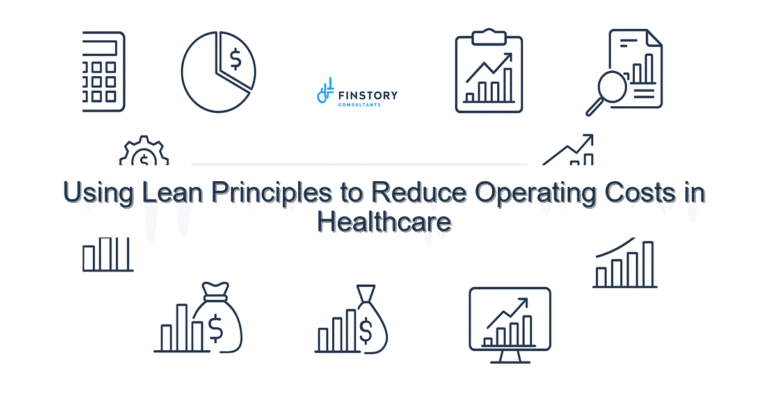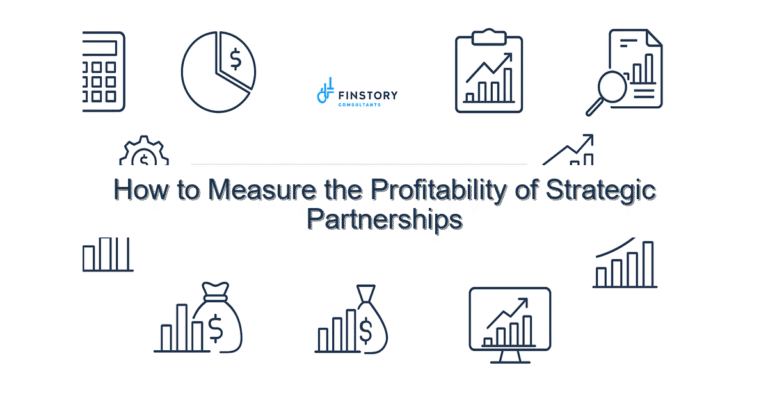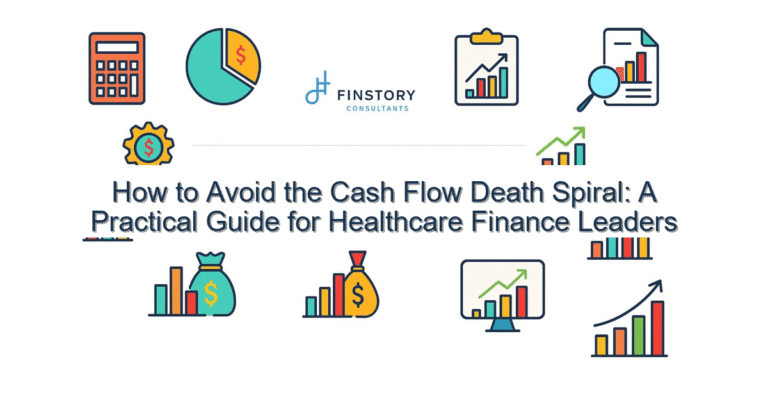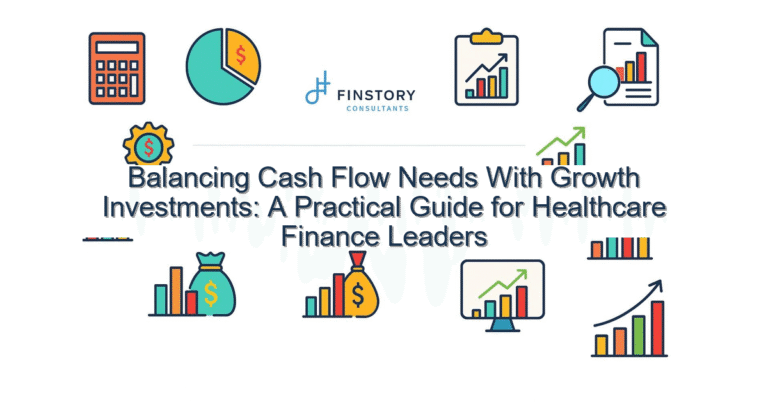Creating a CapEx Budget Without Guesswork
In today’s fast-paced healthcare environment, leaders can no longer afford to make capital expenditure (CapEx) decisions based on guesswork. With shrinking margins and increasing regulatory pressures, understanding how to create a robust CapEx budget is essential for sustainable growth.
Summary: A well-structured CapEx budget allows healthcare leaders to optimize resources and drive ROI. By applying a repeatable framework, you can eliminate guesswork and make data-driven decisions for your organization.
What’s the real problem?
Creating an effective CapEx budget often feels overwhelming. Many organizations struggle with unclear priorities, leading to wasted resources and lost opportunities. The lack of precise data hampers decision-making and creates a chaotic approval process.
- Missed capital targets due to lack of alignment with strategic goals.
- Slow approval processes stalling critical projects.
- Roadblocks from outdated forecasting methods.
- Inconsistent reporting that frustrates stakeholders.
What leaders get wrong
Many leaders mistakenly view CapEx budgeting as a one-time annual task instead of a dynamic process. They often overestimate future needs based on past performance without adapting to current realities. Assuming that all departments understand budget priorities can also lead to misalignment and unhappy stakeholders.
A better approach
Shifting to a systematic CapEx budgeting method can drastically improve accuracy and responsiveness. Here’s a streamlined, repeatable framework:
- Define Strategic Priorities: Align CapEx projects with organizational goals. For example, if a surgical unit aims to improve patient throughput, consider investing in advanced surgical equipment.
- Data-Driven Analysis: Leverage finance automation to gather real-time data. Use historical utilization rates to forecast future needs more accurately.
- Stakeholder Engagement: Involve department heads early in the conversation to understand their needs and align expectations.
- Create Iterative Budgets: Develop your budget incrementally, not all at once. Review progress quarterly to adjust for changing priorities.
- Utilize Technology: Employ tools like Power BI for visual leadership reporting to enhance visibility and streamline analysis.
For example, one regional healthcare system integrated a new workflow that enabled them to identify and adjust their CapEx requests based on real-time data, reducing delivery times by 30% and increasing asset utilization by 15%.
Implementation checklist
- Identify and articulate your strategic priorities.
- Set up regular meetings with department heads to gather insights.
- Implement finance automation tools to streamline data collection.
- Train your team on using Power BI for effective reporting.
- Create a timeline for iterative budget reviews.
- Document lessons learned after each budgeting cycle.
- Monitor industry benchmarks to inform future investments.
- Engage with financial advisors to refine your approach.
What good looks like
- 90% accuracy in capital allocation forecasts.
- Reduction in budget approval cycle time by 25%.
- Increased ROI on CapEx projects by 20%.
- Improved stakeholder satisfaction scores.
Risks & how to de-risk
- Inaccurate Data: Implement robust data validation processes to improve reliability.
- Stakeholder Misalignment: Schedule regular check-ins to foster communication and transparency.
- Overly Conservative Budgeting: Cultivate a culture that encourages innovation while balancing risk.
Tools & data
Invest in finance automation software that integrates seamlessly with existing systems. Using Power BI for visual dashboards enables real-time visibility into your CapEx projects, ensuring leaders can make informed decisions quickly. Leadership reporting should be iterative, continually evolving based on performance data.
Next steps
Work with Finstory. If you want this done right—tailored to your operations—we’ll map the process, stand up the dashboards, and train your team. Let’s talk about your goals.
📞 Ready to take the next step?
Book a 20-min call with our experts and see how we can help your team move faster.
Prefer email or phone? Write to info@finstory.net
or call +91 44-45811170.
